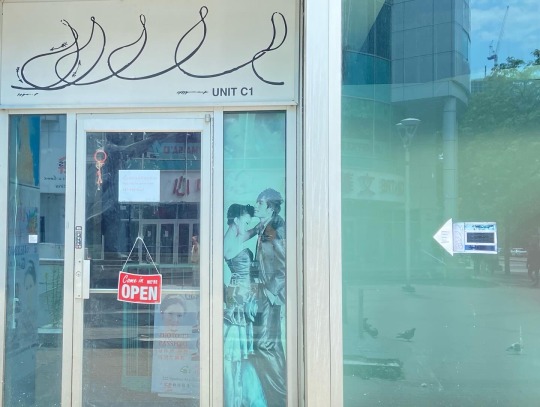iej-ce
1K posts
kinet.media/movies/worldsQTY
Last active 3 hours ago
Don't wanna be here? Send us removal request.
Text
On Step Across the Boarder (1990), An avant-garde documentary film on English guitarist, composer and improviser Fred Frith.
In grasping at qualities inherent to a different medium, invention often surfaces in the areas where we come up short. While it should be obvious that a 1:1 cinematic analogue to free improv can’t exist, we can find a new form in working towards an equivalent and missing the mark in an interesting way.
Because we’re shackled to the editing bay, one’s first instinct would be to say that any element of improvisation in cinema must necessarily derive from the act of shooting. This is especially the true of documentary filmmaking given that it’s a form that we naturally conceive of as aleatory. But at the end of the day, the rushes are not the film. Even your most standardized talking-head documentary is surely steered by chance to a similar degree, and it's in the construction of the film at the editing bay that any feeling of improv (if there is to be any) takes shape.
Maybe indeterminacy is a better analogue than improv then, but I often need to remind myself in my own practice that the amount of time I have to spend editing is not in fact infinite (an illusion that the non-linear editing program seems intent on convincing me of), and that really what I’m doing is improvising over and over again until I find a spontaneous arrangement I’m okay with. So really, with cinema (and I guess basically every art form), we’re dealing with small units of improvisation strung together into a whole whose shape is determined by how much you want to let your small improvisations become large improvisations—by how much you want to let improvisation operate as a large-scale constructive principle in tandem with the small-scale improvisations it organizes.
Step Across the Border opts to let improvisation at the editing bay exert its influence on a large scale, constantly shifting between performances, impressions of various cities, and brief conversations. It’s all pretty scattered but never all that hectic—a nice mosaic of drifting vignettes glued together by sound. I was especially fond of its flights into what I can only think to describe as visual field recordings—brief segues in which we see (and of course, hear) a bricklayer percussively tapping stones into wet concrete or the seesawing creaks and gushes of a shishi-odoshi in action. The film’s most beautiful scene records the process of Japanese craftsmen making drums which, in the context of the film, frames the act as a work of sound art in its own right. The process of making a drum produces its own music, and it is in this relation between process and form that we find a nice microcosm of the film’s overarching thesis. If improv is concerned with giving form to spontaneous impulses, then, like the percussive construction of a drum, process and form must necessarily entwine until they are indistinguishable from one another: the process becomes the form and the form the process.
3 notes
·
View notes
Text
A slow rack focus along abstraction’s long continuum.
4 notes
·
View notes
Text


Showing 7 of my paintings tonight as part of the group show "A bell rings in your head", @ 222 Spadina Ave Unit C1, 6pm-9pm, one night only.
23 notes
·
View notes

















